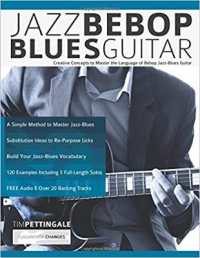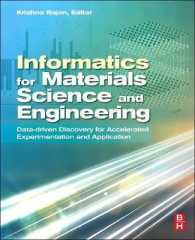- ホーム
- > 洋書
- > 英文書
- > History / World
Full Description
Most studies of the history of the early modern Deccan focus on struggles between the region's primary centers, that is, the great capital cities such as Bijapur, Vijayanagara, or Golconda. This study, by contrast, examines the political histories and material culture of smaller, fortified strongholds both on the plains and atop hills, the control of which was repeatedly contested by rival primary centers. Exceptionally high levels of conflict over such secondary centers occurred between 1300 and 1600, and especially during the turbulent sixteenth century when gunpowder technology had become widespread in the region.
The authors bring two principal objectives to the enquiry. One is to explore how political power, monumental architecture, and collective memory interacted with one another in the period under study. The study's authors - one trained in history, the other in art history and archaeology - argue for systematically integrating the methodologies of history, art history, and archaeology in attempts to reconstruct the past. The study's other aim is to radically rethink the usefulness of Hindu - Muslim relations as the master key by which to interpret this period of South Asian history, and to propose instead a model informed by Sanskrit and the Persian literary traditions.
Contents
List of Figures and Tables
Note on Translation, Transliteration, and Abbreviations
Acknowledgements
Introduction
1. Orientations
Chapter 1 Chalukya Emperors, Delhi Sultans, 1000-1350
Chapter 2 - Temples and Conquest, 1296-1500
2. Kalyana and the Chalukya Legacy
Chapter 3 Reviving the Chalukya Imperium at Sixteenth-Century Vijayanagara
Chapter 4 Bijapurs Revival of the Chalukya Imperium
3. Warangal and the Kakatiya Legacy
Chapter 5 Shitab Khan and the Restoration of Kakatiya Cults and Temples
Chapter 6 Qutub Shahi Warangal and the Foundation of Hyderabad
4. The Raichur Doab in the Age of Gunpowder
Chapter 7 The Military Revolution in the Deccan
Chapter 8 The Political Functions of City Gates
Conclusion
Appendix 1: Notes on Method
Appendix 2: Overview of the Three Primary Study Sites
Select Bibliography
Index
About the Authors








